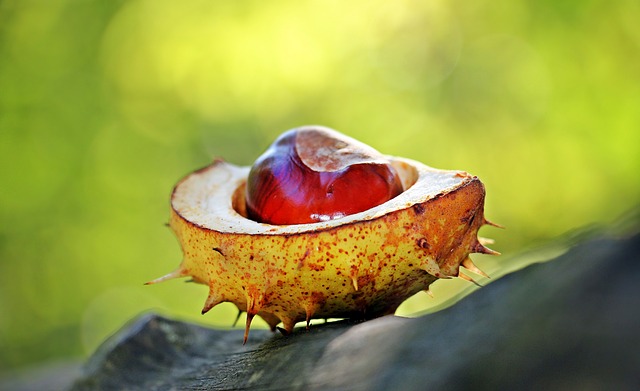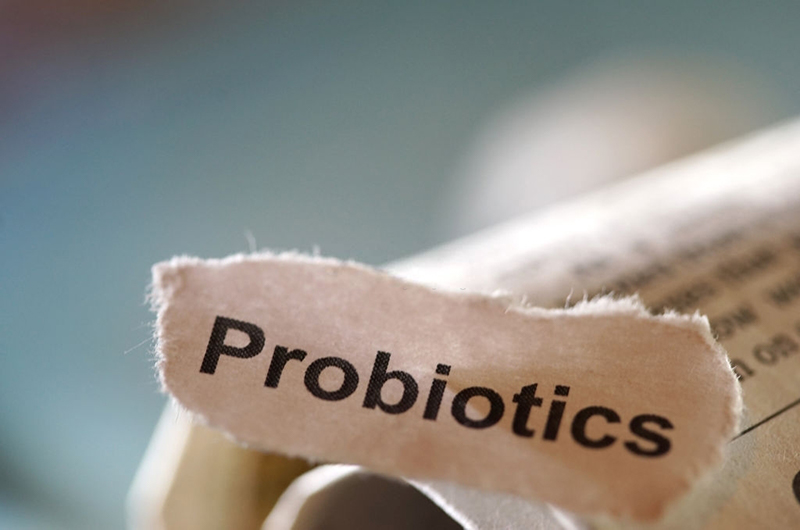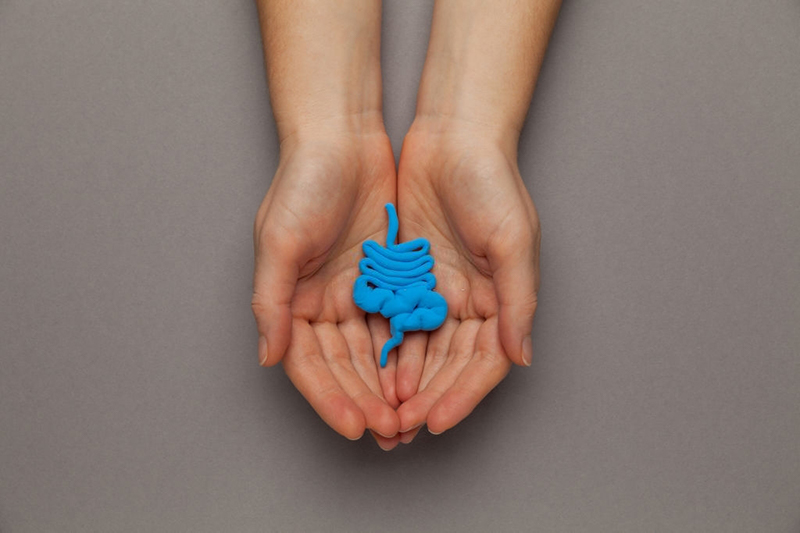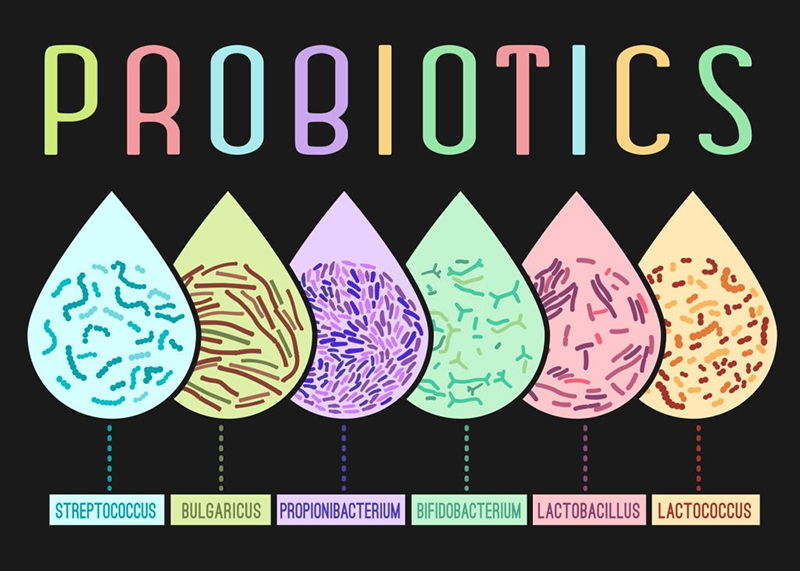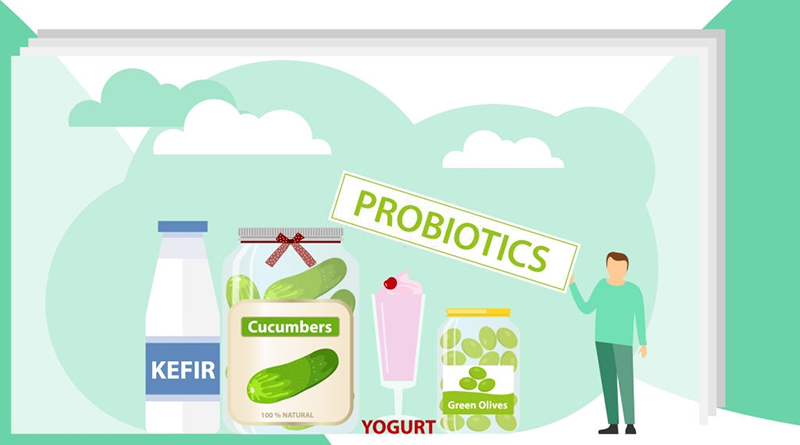Probiotics have become increasingly popular in recent years, but what are they exactly and how do they work? In this post, we’ll take a closer look at probiotics and explore the science behind these live microorganisms.
What are Probiotics?
Probiotics are living microorganisms that are typically found in certain foods or supplements, such as yogurt, kefir, or sauerkraut. When consumed in adequate amounts, probiotics offer a range of health benefits, particularly for the digestive and immune systems.
There are many different species of probiotics, including lactobacillus and bifidobacterium, among others. Each species has unique properties that may offer specific health benefits.
How do Probiotics Work?
The main way probiotics benefit the body is by restoring balance to the gut microbiome – the community of bacteria, fungi, and other microorganisms that live in our digestive tract. When the microbiome is in balance, it helps the body digest food, absorb nutrients, and fight off harmful pathogens.
However, certain factors can disrupt the microbiome, such as antibiotics, illness, stress, or a poor diet. When this happens, harmful bacteria can overgrow and cause digestive issues, such as bloating, diarrhea, or constipation. Probiotics help restore the balance of the microbiome and promote healthy digestion.
But the benefits of probiotics extend beyond the gut – these microorganisms also support the immune system. By balancing the microbiome, probiotics help prevent harmful bacteria from entering the bloodstream and causing infections or inflammation.
Types of Probiotics
As mentioned, there are many different species of probiotics that offer unique health benefits. Here are some common types of probiotics:
Lactobacillus
Lactobacillus is one of the most well-studied probiotics, and is commonly found in fermented foods like yogurt, kefir, and sauerkraut. This species has been shown to help reduce diarrhea and improve symptoms of lactose intolerance. In addition, lactobacillus may help prevent and treat vaginal infections and urinary tract infections.
Bifidobacterium
Bifidobacterium is another important probiotic species that is particularly abundant in the large intestine. This probiotic may help reduce inflammation, improve bowel regularity, and boost immune function. It may also be helpful for reducing symptoms of irritable bowel syndrome (IBS) and inflammatory bowel disease (IBD).
Streptococcus
Streptococcus is a type of probiotic that is found naturally in the mouth and throat. This species has been shown to help prevent and treat respiratory infections, including strep throat and ear infections.
How to Incorporate Probiotics into Your Diet
There are several ways to incorporate probiotics into your diet:
- Eat fermented foods – yogurt, kefir, sauerkraut, kimchi, and pickles are all good sources of probiotics.
- Take a probiotic supplement – there are many different types of probiotic supplements available, so it’s important to choose one with a reputable brand and specific strains that address your health concerns.
- Consume prebiotic foods – prebiotics are a type of dietary fiber that feed the beneficial bacteria in the gut. Foods like garlic, onions, bananas, and asparagus are all good sources of prebiotics.
Conclusion
Probiotics are live microorganisms that offer a range of health benefits, particularly for the digestive and immune systems. By restoring balance to the gut microbiome, probiotics help promote healthy digestion, reduce inflammation, and boost immune function.
If you’re interested in incorporating probiotics into your diet, consider eating fermented foods, taking a high-quality probiotic supplement, or consuming prebiotic foods. As always, consult with your healthcare provider before adding any new supplements or dietary changes to your routine.

